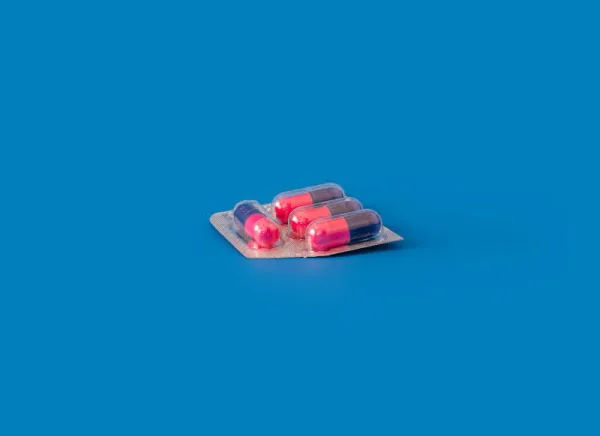Preserving muscle: GLP1s with Bimagrumab
We deep dive on Bimagrumab, a muscle-preserving booster to GLP1 receptor agonists like Ozempic, Wegovy, Mounjaro, Zepbound and others.

One of the largest complaints and perceived risks when taking GLP1s has been the negative side effect of muscle loss. Similar to other somewhat "surface" side effects, muscle loss is mostly attributable to massive weight loss more than GLP1s in particular.
To put it simply, losing weight normally means losing muscle, and since GLP1s curb appetite (amongst other things), those who do not consume enough protein and/or stay active (or increase activity to include some resistance training) are likely to lose muscle along with fat.
Regardless of this truth, the advent of "boosters" that are meant to be taken along with GLP1s are steadily growing in popularity, and one of the upcoming drugs under development by Novartis called Bimagrumab intends to treat muscle loss for people taking GLP1s.
Bimagrumab, in combination with Semaglutide/Tirzepatide or other GLP1s promises to make make an already effective weight loss mechanism even better by helping retain muscle.
The recent 85th ADA Scientific Sessions conference also revealed some huge impovements:

Want more discussion and analysis?





